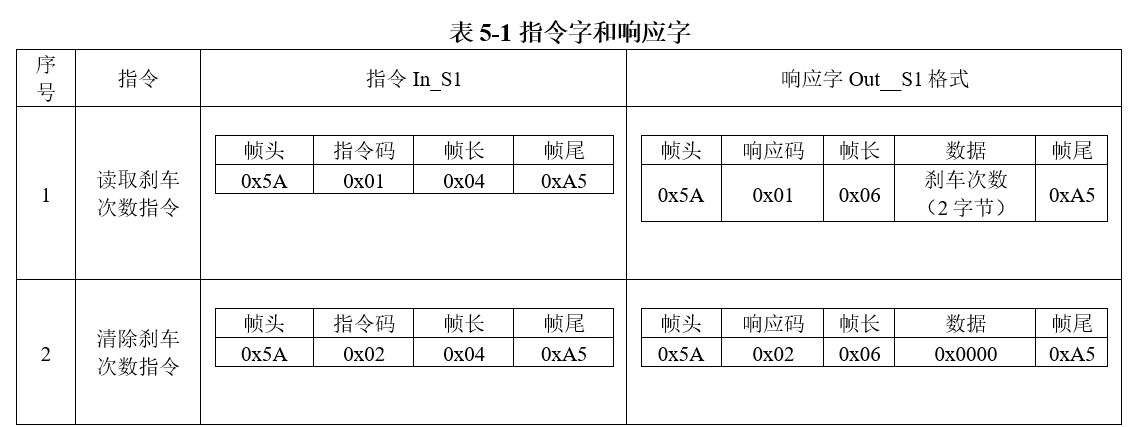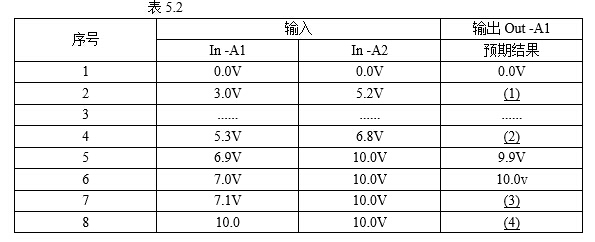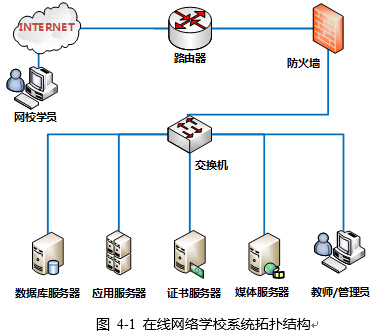为你找到 876 个题目。
In a world where it seems we already have too much to do, and too many things to think about, it seems the last thing we need is something new that we have to learn.
But use cases do solve a problem with requirements: with ( ) declarative requirements it's hard to describle steps and sequences of events.
Use cases, stated simply, allow description of sequences of events that, taken together, lead to a system doing something useful. As simple as this sounds, this is important. When confronted only with a pile of requiements, it's often ( ) to make sense of what the authors of the requirements really wanted the system to do.In the preceding example, use cases reduce the ambiguity of the requirements by specifying exactly when and under what conditions certain behavior occurs; as such, the sequence of the behaviors can be regarded as a requirement. Use cases are particularly well suited to capture approaches. Although this may sound simple, the fact is that ( ) requirement capture approaches, with their emphasis on declarative requirements and "shall" statements, completely fail to capture fail to capture the ( ) of the system's behavior. Use cases are a simple yet powerful way to express the behavior of the system in way that all stakeholders can easily understand.
But, like anything, use cases come with their own problems, and as useful as they are, they can be ( ). The result is something that is as bad, if not worse, that the original problem. Therein it's important to utilize use cases effectively without creating a greater problem than the one you started with.
But use cases do solve a problem with requirements: with ( ) declarative requirements it's hard to describle steps and sequences of events.
Use cases, stated simply, allow description of sequences of events that, taken together, lead to a system doing something useful. As simple as this sounds, this is important. When confronted only with a pile of requiements, it's often ( ) to make sense of what the authors of the requirements really wanted the system to do.In the preceding example, use cases reduce the ambiguity of the requirements by specifying exactly when and under what conditions certain behavior occurs; as such, the sequence of the behaviors can be regarded as a requirement. Use cases are particularly well suited to capture approaches. Although this may sound simple, the fact is that ( ) requirement capture approaches, with their emphasis on declarative requirements and "shall" statements, completely fail to capture fail to capture the ( ) of the system's behavior. Use cases are a simple yet powerful way to express the behavior of the system in way that all stakeholders can easily understand.
But, like anything, use cases come with their own problems, and as useful as they are, they can be ( ). The result is something that is as bad, if not worse, that the original problem. Therein it's important to utilize use cases effectively without creating a greater problem than the one you started with.
第 1 问
A. plenty
B. loose
C. extra
D. strict
第 2 问
A. impossible
B. possible
C. sensible
D. practical
第 3 问
A. modern
B. conventional
C. different
D. formal
第 4 问
A. statics
B. nature
C. dynamics
D. originals
第 5 问
A. misapplied
B. applied
C. used
D. powerful
对于防病毒系统的测试是系统安全测试的重要内容,下列不属于防病毒系统安全测试基本测试点的是( )。
A. 能否提供对病毒特征与检测引擎的定期在线更新服务
B. 能否在不更新特征库的前提下对新的未知病毒进行有效查杀
C. 能否支持多种平台的病毒防范
D. 能否支持对电子邮件附件的病毒防治





